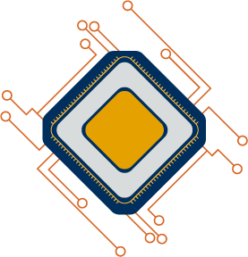If the AI – i.e. the mathematical method – does not serve a technical purpose (1st dimension chapter (2)) and the claimed technical implementation does not go beyond a generic technical implementation (2cd dimension chapter (3)), the mathematical method does not contribute to the technical character of the invention. In such a case, it is not sufficient that the mathematical method is algorithmically more efficient than prior-art mathematical methods to establish a technical effect.
Better space/time complexity
A better space/time complexity – i.e. less memory, less computations, etc. – is a recurrent argument trying to get protection for mathematical methods without a specific technical implementation and without an application to a technical field. But:
space/time complexity is inherent to any algorithm and can not contribute to a technical character in a generic implementation.
Computational efficiency can be taken into account when assessing inventive step
If it is established that the mathematical method produces a technical effect due to having been applied to a field of technology and/or adapted to a specific technical implementation, the computational efficiency of the steps affecting that established technical effect is to be taken into account when assessing inventive step.
Materialization of the algorithmic improvements
Algorithmic improvements need to “materialise”: It requires the technical solution of a concrete technical problem in order for an algorithmic improvement to contribute in a technical manner and, therefore, to be considered regarding inventive step.
-
Generic computer implementation (of a new algorithm) is within reach of the skilled person.
-
Computer programming: Not a technical task.
A link between algorithmic/mathematical features and technical features (implementation or application) needs to be established.
